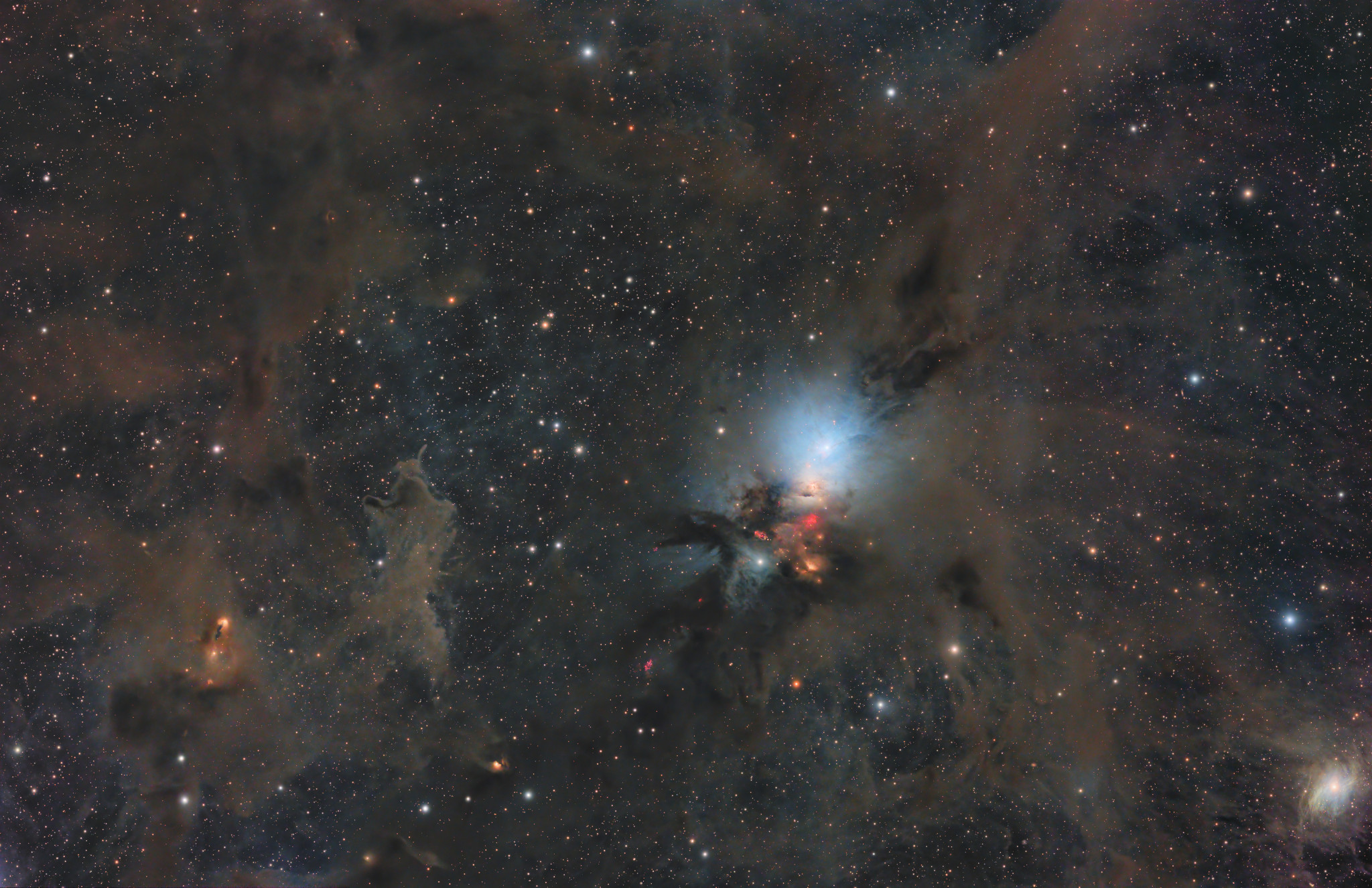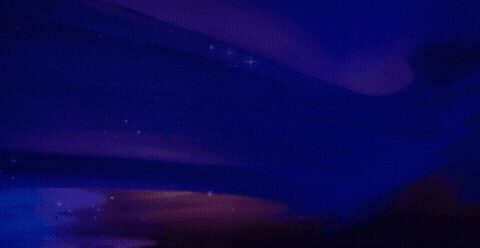
Posted on 01/25/2025 11:22:28 AM PST by MtnClimber
Explanation: Clouds of stardust drift through this deep skyscape, across the Perseus molecular cloud some 850 light-years away. Dusty nebulae reflecting light from embedded young stars stand out in the nearly 4 degree wide field of view. With a characteristic bluish color reflection nebula NGC 1333 is prominent near center. Hints of contrasting red emission from Herbig-Haro objects, the jets and shocked glowing gas emanating from recently formed stars, are scattered across the dusty expanse. While many stars are forming in the molecular cloud, most are obscured at visible wavelengths by the pervasive dust. The chaotic environment surrounding NGC 1333 may be similar to one in which our own Sun formed over 4.5 billion years ago. At the estimated distance of the Perseus molecular cloud, this cosmic scene would span about 80 light-years.
For more detail go to the link and click on the image for a high definition image. You can then move the magnifying glass cursor then click to zoom in and click again to zoom out. When zoomed in you can scan by moving the side bars on the bottom and right side of the image.

🪐 🌟 🌌 🍔
I always like seeing all those other galaxies feeling somehow there’s planets there that may have life similar to ours, But smarter.
Actually it’s just a dusty lens.
Sorry.
I saw a cartoon once, it was an alien family flying by with Earth in the background- the alien Dad says “It’s Earth! Quick, lock the doors!”

The Red Eyed Space Crocodile named Stardust.
Picture taken with a radio telescope?
Reminds me of some I saw for the first time at the VLA Site in Datil, NM. Back in the 1980’s.
Disclaimer: Opinions posted on Free Republic are those of the individual posters and do not necessarily represent the opinion of Free Republic or its management. All materials posted herein are protected by copyright law and the exemption for fair use of copyrighted works.